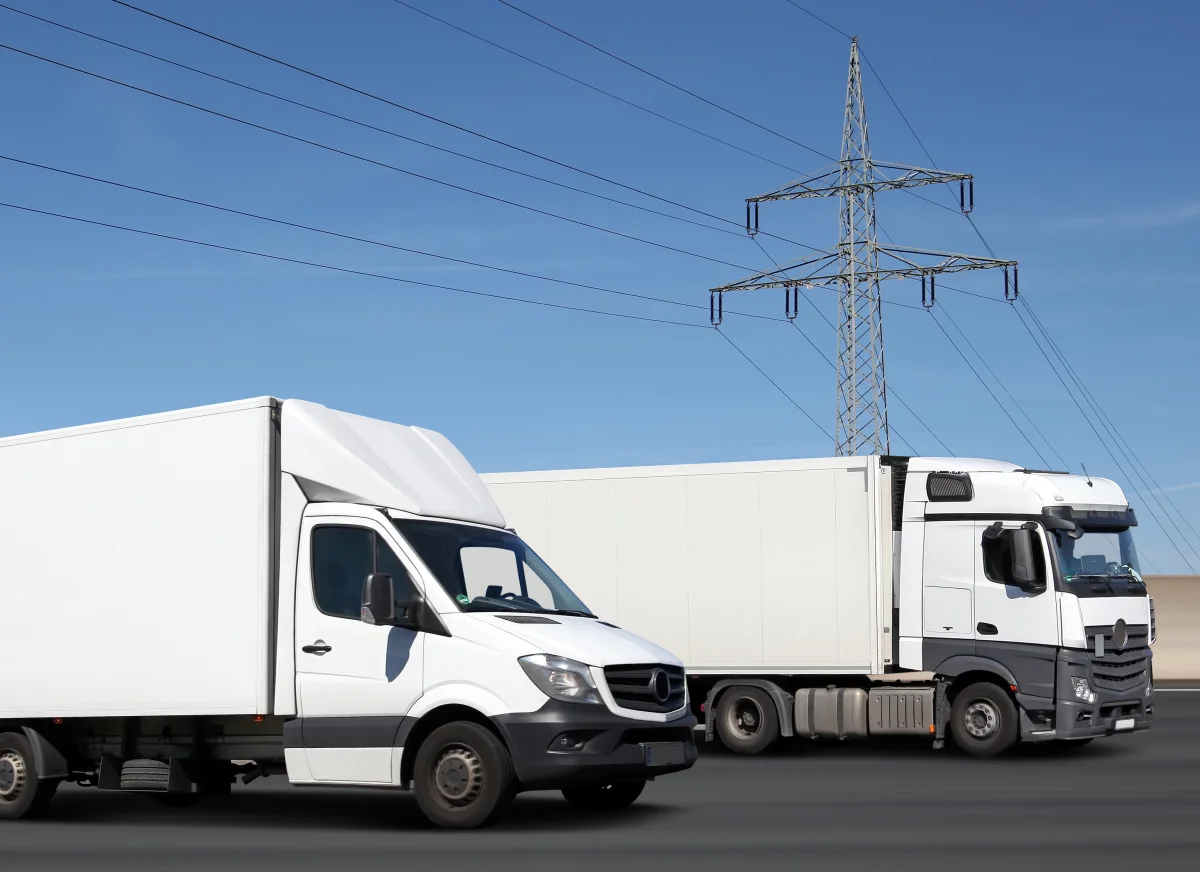Grid Delays Threaten EV Rollout

Diesel fleets will be needed for some time
Fleet operators aiming to transition to electric vehicles (EVs) may be forced to stick with diesel for the foreseeable future, UK government’s Department for Energy Security and Net Zero has revealed that companies are currently waiting up to 15 years to be connected to the grid and this is holding back the rollout of the depot charging infrastructure.
According to the Department for Energy Security and Net Zero, the backlog of grid connection requests has increased tenfold over the past five years, a significant bottleneck in the path to fleet electrification.
Under the UK’s net-zero legislation, sales of new fossil-fuelled vans and heavy goods vehicles (HGVs) will cease by 2035 and all new HGVs by 2040. However, it is expected that unless things change commercial fleets, currently 5.7 million vans and trucks in the UK, will need to remain largely diesel-powered for years due to infrastructure delays.
This presents an immediate operational challenge: how to run existing diesel fleets as cost-effectively as possible while preparing for a future shift to EVs.
For fleet and financial managers, the answer lies in route optimisation software that minimises fuel consumption, reduces driving time, and increases delivery density. Enabling them to do more with their existing fleet.
“If operators have to wait up to 15 years just to be able to plug them into their depots, there is no case for investment.” said Mike Hawes, Chief Executive of the Society of Motor Manufacturers and Traders (SMMT). He emphasised the need for prioritised grid connections to prevent stalling net-zero progress.
In the meantime, delivery operations can’t afford inefficiency. Diesel costs remain volatile, and missed deliveries lead to customer dissatisfaction and lost revenue.
Smarter route scheduling will cut miles driven, schedule deliveries on routes better, and improve on-time performance as well as first-time deliveries. In addition, these enhancements help to meet consumer expectations for reliable, sustainable delivery experiences.
Read 2025 Home Delivery Consumer Sentiment Study
Businesses should invest in proven software that is capable of managing both diesel and electric fleets.
The best solutions can incorporate known EV charging locations into route planning, ensuring a seamless transition as vehicles are phased in. This dual-mode capability provides operational continuity and protects investment in fleet technology.
As the grid catches up with policy, the companies that combine pragmatic fleet management with long-term electrification readiness will be best positioned to adapt.
To discuss route optimisation software that can route both fossil fuel and electric vehicles in the same fleet, and select the best vehicle for each delivery location, contact us today.
